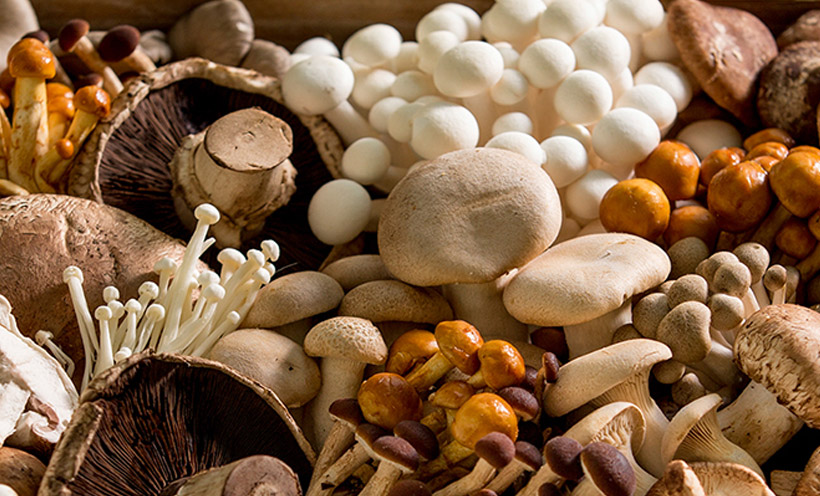Developments in mushrooms as anti-cancer therapeutics
From time immemorial, mushrooms have been valued by humankind as a culinary wonder and folk medicine in Oriental practice. The last decade has witnessed the overwhelming interest of western research fraternity in pharmaceutical potential of mushrooms. The chief medicinal uses of mushrooms discovered so far are as anti-oxidant, anti-diabetic, hypocholesterolemic, anti-tumor, anti-cancer, immunomodulatory, anti-allergic, nephroprotective, and anti-microbial agents. The mushrooms credited with success against cancer belong to the genus Phellinus, Pleurotus, Agaricus, Ganoderma, Clitocybe, Antrodia, Trametes, Cordyceps, Xerocomus, Calvatia, Schizophyllum, Flammulina, Suillus, Inonotus, Inocybe, Funlia, Lactarius, Albatrellus, Russula, and Fomes. The anti-cancer compounds play crucial role as reactive oxygen species inducer, mitotic kinase inhibitor, anti-mitotic, angiogenesis inhibitor, topoisomerase inhibitor, leading to apoptosis, and eventually checking cancer proliferation. The present review updates the recent findings on the pharmacologically active compounds, their anti-tumor potential, and underlying mechanism of biological action in order to raise awareness for further investigations to develop cancer therapeutics from mushrooms. The mounting evidences from various research groups across the globe, regarding anti-tumor application of mushroom extracts unarguably make it a fast-track research area worth mass attention.
